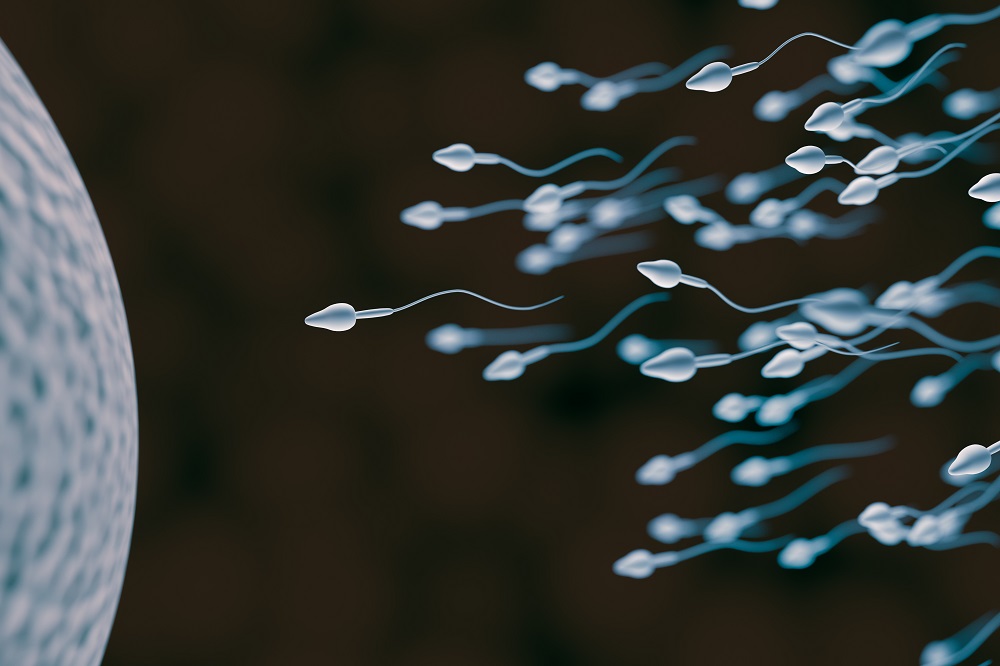Invitro Fertilization (IVF) is the most practiced and popular methodologies that are employed in assisted reproductive technologies (ART). Some writers have described her product as “test tube babies” because it involves the laboratory fertilization of the woman’s ova, popularly called egg by the man’s spermatozoa or sperm cells outside the body to form a zygote or embryo which is ultimately transferred into the uterus or womb of a woman for growth, development and successful birth. It is a valid medical methodology for treating infertility and while many couples have found solution (having successful live births) through this method, the success rate of IVF as published by the Center for Disease Control (CDC) and the Society of Assisted Reproductive Technologies (SART) shows that many persons have unsuccessful IVF expectations and failure.
A lot of factors could contribute to a failed IVF process, and some of these include inadequate follicle stimulation and formation, bad egg retrieval, failed Invitro fertilization, deformed spermatozoa, failed embryo transfer and uterine dysfunctions. However, in most cases there is either no embryo to transfer after fertilization or deformed nuclei are assigned, and this is due to failure in sperm-ova fertilization.
Sperm-Ova Fertilization: How does a sperm fertilize an ovum or egg?
Human fertilization is simply the fusion of a male sperm cell and a female ovum with the formation of a zygote or embryo which eventually develops into the child we all see at birth. However, this doesn’t just happen, haphazardly. It begins as early as sexual intercourse.
Usually, at the peak of sexual pleasure, a man releases millions of sperm cells in one single ejaculation. The sperm, also called spermatozoa, are found in a fluid that involves other things collectively called sperm. Upon ejaculation, some of the sperm cells survive the acidic vagina region and travel through the Fallopian tube where it fertilizes a single egg that is released during ovulation.
Usually, all the arriving sperm attach to the egg, but only one successfully fertilizes the egg. Physiologically, the sperm acrosome (or head) releases enzymes that diffuse the outer coating of the egg, then it detaches from its tail and its nucleus flows into the egg and combines with the nucleus of the egg to form a zygote. Immediately one sperm enters successfully, the egg forms an impermeable layer that prevents the passage of any other sperm. When this whole process is carried out manually outside the body, it is called in-vitro fertilization.
Invitro Fertilization: The Methodologies
Two primary methodologies are used for micro-manipulative in vitro fertilization: intracytoplasmic sperm injection (ICSI) and intracytoplasmic morphologically selected injection (IMSI). Earlier, IVF is carried out in the laboratory like the physiological process. The sperm cells are just mixed with the eggs, and the normal acrosome enzyme reaction is required for fertilization to take place. But these two micro-manipulative process skips this acrosome reaction and directly insert the sperm cell into an egg with the overall aim of better outcomes and assured results.
Intracytoplasmic Sperm Injection (ICSI)
Intracytoplasmic Sperm Injection (ICSI) is the earliest form of micro-manipulative means of Invitro fertilization. The procedure is both technical and delicate. It is done using high precision tools under a high objective microscope. As seen under the microscope, a micropipette is used to hold a mature ovum (egg or oocyte), and a microinjector is used to keep it firmly by providing a gentle suction pressure. The mature oocyte is stabilized with a holding pipette, this is done with gentle suction applied by a microinjector. From the free side of the held ova, a hollow and thin glass micropipette is used first to detach the tail of a single sperm then pierce it through the specific point on the oocyte membrane called the olema into the cytoplasm of the oocyte or egg. This must be done carefully to avoid obstructing the spindle fibers in the oocyte. After the successful insertion of the sperm into the oocyte, the oocyte is placed in cell culture and checked for fertilization within 24 hours.
Intracytoplasmic Morphologically Selected Injection (IMSI)
IMSI sometimes called intracytoplasmic Morphologically Selected Injection with Motile Sperm Organelle Morphology Examination (IMSI-MSOME) is the latest procedure that is used to carry out micro-manipulative in vitro fertilization. This procedure is done using the protocol of Intracytoplasmic Sperm Injection (ICSI) as described above. The only difference lies in the word “morphology,” and that is in the Motile Sperm Organelle Morphology Examination (MSOME). In this procedure, before the sperm is injected into the egg or oocyte, it is subjected to a high-detailed microscopic examination. This high definition examination includes the inspection of details such as the number of sperm cells, vacuolation, the chromosome number, the surface, shape, and the overall quality of the sperm. With this examination, only the best sperm cell is used for fertilization of the ovum.
ICSI versus IMSI: Which is Better?
Although ICSI is mostly used in most IVF clinic, IMSI has also been used in others. The controversy always has fallen on the expertise of the IVF clinician in question, with some school thought opening that irrespective of the method used, the clinical knowledge that is used alongside other factors other than these procedures determine the success and failure rates of IVF. However, on clinical grounds, IMSI is far better than ICSI. In fact, some scholars have it that, “IMSI is an advanced form of ICSI. It is an improvement to ICSI because the best sperm in the pool of donation is picked for the fertilization of the egg.
The Success Rate
A study that was carried out in Peru, where 11 IMSI IVF cycle is observed alongside 20 ISCI IVF cycle for the examination of their laboratory and clinical outcomes. The study revealed that “IMSI improves the IVF success rate because of IMSI embryo morphology, embryo implantation, and pregnancy and live births rate, and reduces miscarriages, and aneuploidy rate when compared with ISCI.”
Conclusion: Does IMSI really improve IVF success rate?
Yes, it does. ICSI is a unique methodology, but IMSI is a better methodology. It gives more precision and better laboratory and clinical outcomes, and this has been proven by reliable authorities.
If you agree with our selection, do let us know in the comment section below.












